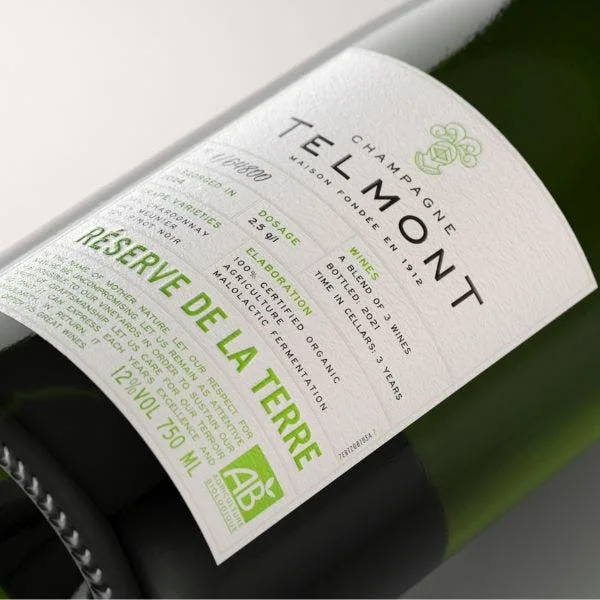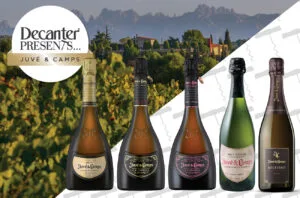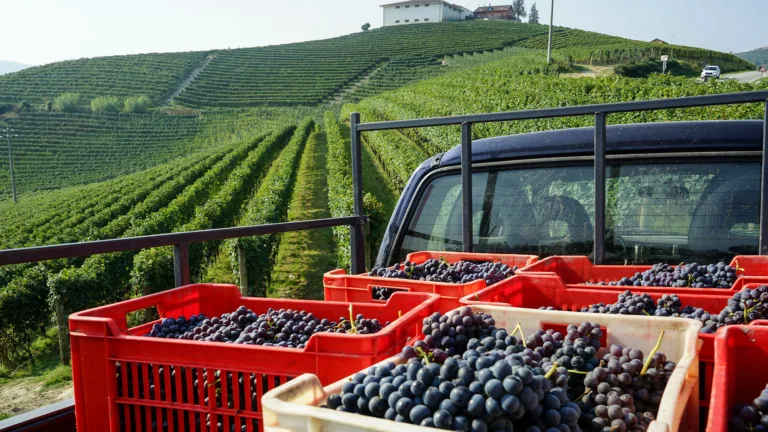Much of Champagne’s historical success has been based on the nonvintage style, a grand recipe that blends older and more mature reserve wines with those from the current harvest.
In doing so, the Grand Marques, or big names, like Moët & Chandon, Veuve Clicquot and Laurent-Perrier, have been able to create a consistent, harmonious house style that wine-lovers can easily recognize and count on.
Some years, this mix can contain up to 50% reserve wines, which add more structure and complex flavors and aromas to the fresher, livelier juice of the current vintage. Other years, winemakers may choose to incorporate less to achieve the desired profile.
The technique has long been used to help winemakers balance out the more acidic wines of cooler vintages, when grapes may not have achieved optimal ripeness, with warmer ones for a fleshier profile.
SPONSORED
Champagne Telmont Réserve de la Terre 2024
Introducing Telmont’s milestone cuvée, Réserve de la Terre: a low-dosage champagne that embodies the rich biodiversity of the maison’s vineyard, the vibrant energy of the soil, and the vitality of the terroir. Radiant, luminous, and full of life, Réserve de la Terre is crafted from organic grapes without the use of pesticides, herbicides, fungicides, or chemical fertilizers. It stands as proof that exceptional champagne can be made without compromising on sustainability.
Discover Telmont Réserve de la Terre
But with new climatic conditions—including a 1.2 degree increase in temperature over the past 30 years—and riper fruit, Champagne
This Article was originally published on Wine Enthusiast







